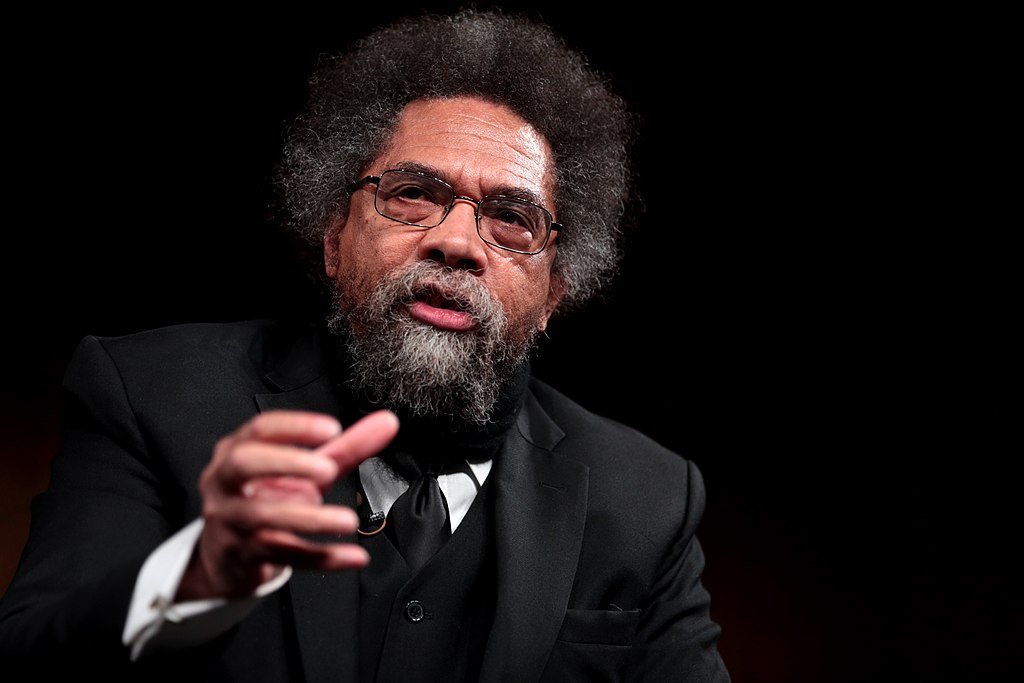
“Preservation of one’s own culture does not require contempt or disrespect for other cultures.”
– Cesar Chavez
Cornel West is one of America’s most influential and provocative philosophers, political activists, social critics and intellectuals. The grandson of a Baptist minister, West focuses on the role of race, gender and class in American society. My introduction to him was in 1993 when I read his classic treatise on race in America, Race Matters. Whether it is something he has written or when he appears on television, I pay attention. I recently came across a ten-part lecture series sponsored by Dartmouth College from 2017 titled “The Historical Philosophy of W.E.B. DuBois.” Simply put, this lecture series was truly extraordinary.
I’ve sat in lecture halls and classrooms listening to professors, educators and intellectuals, far too many to count or name, over many years. This video lecture series was simply the most informative, challenging, thought provoking and entertaining lecture series I’ve ever attended or witnessed. Not to mention that Cornel West has a very good sense of humor.
Among the many issues he addressed was the notion of individual or group heritage. Specifically, how people, particularly those of Southern heritage, often defend or celebrate the Confederacy and the legacy of the Civil War. This issue is particularly relevant today as many communities are struggling with how to handle Confederate monuments.
What I learned was that the majority of these monuments were not erected immediately after the Civil War to commemorate fallen soldiers were built in the early 1900’s, during the Jim Crow era as symbols of white supremacy more than war memorials. This was part of the wider effort by the United Daughters of the Confederacy (UDC) to essentially rewrite Civil War history. The UDC strove to use these statues as a way to remind and teach future generations of white Southerners to immortalize the principles of the Confederacy. The UDC, it should be noted, also praised the Ku Klux Klan and rejected the unassailable fact that maintaining slavery was the central purpose behind the Civil War.
Needless to say, these statues represent something entirely different to Black Americans.
As with any debate relating to our nation’s fraught history with racism, emotions and sentiments on both sides are intense. On one hand, is the notion that these monuments represent and promote white supremacy and have no place in public discourse and should be removed from public spaces. Others argue it is important to preserve those monuments because you should preserve all history – the good as well as the bad – so as not to repeat it.
The heart of the argument relates to which symbols and narratives we choose to identify with and celebrate as being part of our heritage. West’s treatment of this issue was particularly enlightening and, in typical Cornel West fashion, provocative. At risk of misrepresenting West’s ideas, following is a summary of what I gained from his lecture on this particular issue.
West acknowledges that everyone has a right to preserve their heritage. But he also goes on to say that you must be absolutely clear as to exactly what part of your heritage you are claiming to be proud of and are fighting to preserve. What part of your heritage are you aligning yourself with? In the case of defending “Southern heritage”, that includes a part of that heritage that believed in a “slice of humanity being enslaved in perpetuity.” He asks, “Is that the heritage you want to claim? Is that your vision and your argument? Is that really what you are saying?”
He offers Germany as an example. Yes, Beethoven is a part of German heritage but so is Hitler. Yes, there are wonderful aspects of Southern heritage that are worth embracing and celebrating. But embracing and celebrating the slavery and Jim Crow aspect of that heritage? His point is that while there are worthy parts of every heritage there are also aspects of every heritage that are dark and shameful. West challenges us to be transparent and honest about exactly what types of ideas or aspects of our heritage we want to align ourselves with.
It begins with an honest assessment of the legacies – the good, bad and the ugly – of our heritage. We must choose which parts of that heritage to embrace and which parts to reject. Ultimately, we all have to determine that for ourselves. Fortunately, we have the benefit of hindsight to shine a bright light on those legacies and the impact they have had on our nation’s values, institutions and citizens. History and the shining light of hindsight makes those decisions much clearer.
Which begs the question. Which parts of your heritage will you decide to embrace and defend…or reject?